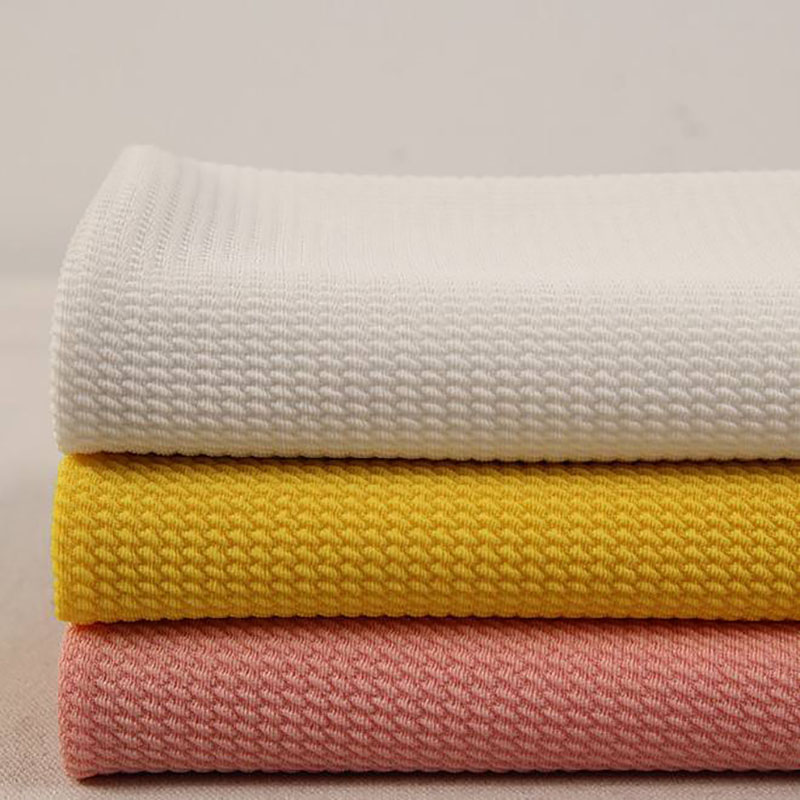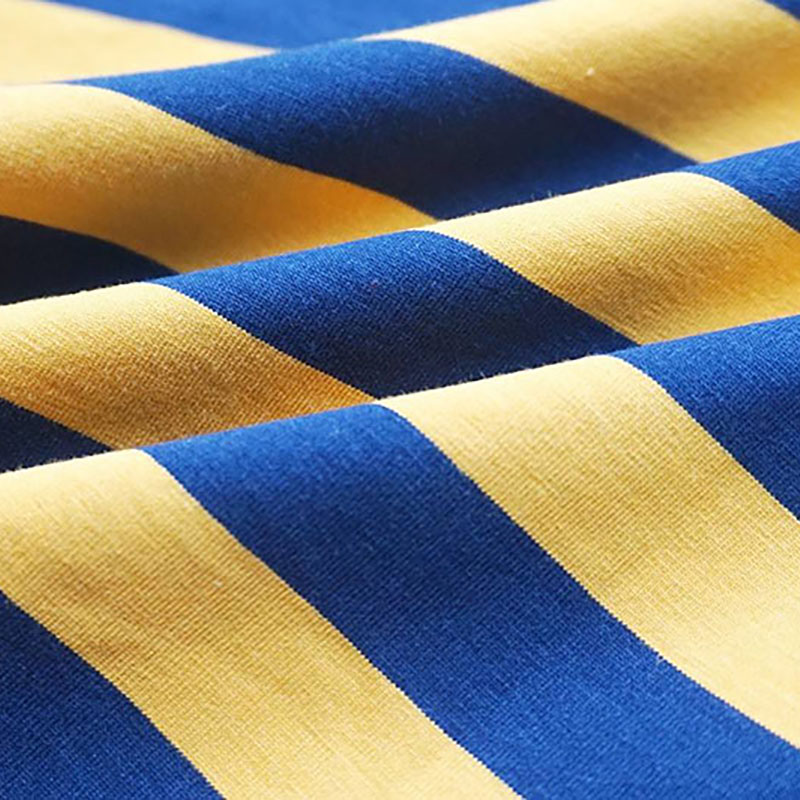As enterprises become more aware of sustainable development and environmental responsibility, the demand for environmentally friendly workwear fabrics is gradually rising. In this article, I will discuss the development history of environmentally friendly workwear fabrics and its future trends from a chronological perspective.
In the past few years, various industries have paid increasing attention to environmentally friendly materials. Especially in the clothing industry, the production process of environmentally friendly work clothes has been significantly improved. For example, fabrics made from recycled and bio-based materials are increasingly popular. Not only do these materials excel in terms of flexibility and durability, but their premium environmental properties strengthen the brand image.
As consumers become more aware of environmental protection, they are increasingly leaning towards products that can reduce environmental impact when choosing work clothes. Therefore, when companies purchase work clothes fabrics, they also need to consider the environmental protection of the materials. According to market research, sales of environmentally friendly work clothes are increasing year by year, which has further spawned the development and innovation of more environmentally friendly fabrics.
Looking to the future, the development trend of environmentally friendly work clothes fabrics will pay more attention to the coexistence of functionality and comfort. Especially with the help of technology, it is expected that more environmentally friendly fabrics with waterproof, anti-fouling, breathable and other functions will be released. At the same time, designers will pay more attention to combining fashion with practicality and attracting consumers' attention through innovative designs.
In short, the future of eco-friendly workwear fabrics is full of opportunities. If companies can plan ahead, they are expected to gain a competitive advantage in the market.


.jpg)
.jpg)
.jpg)
